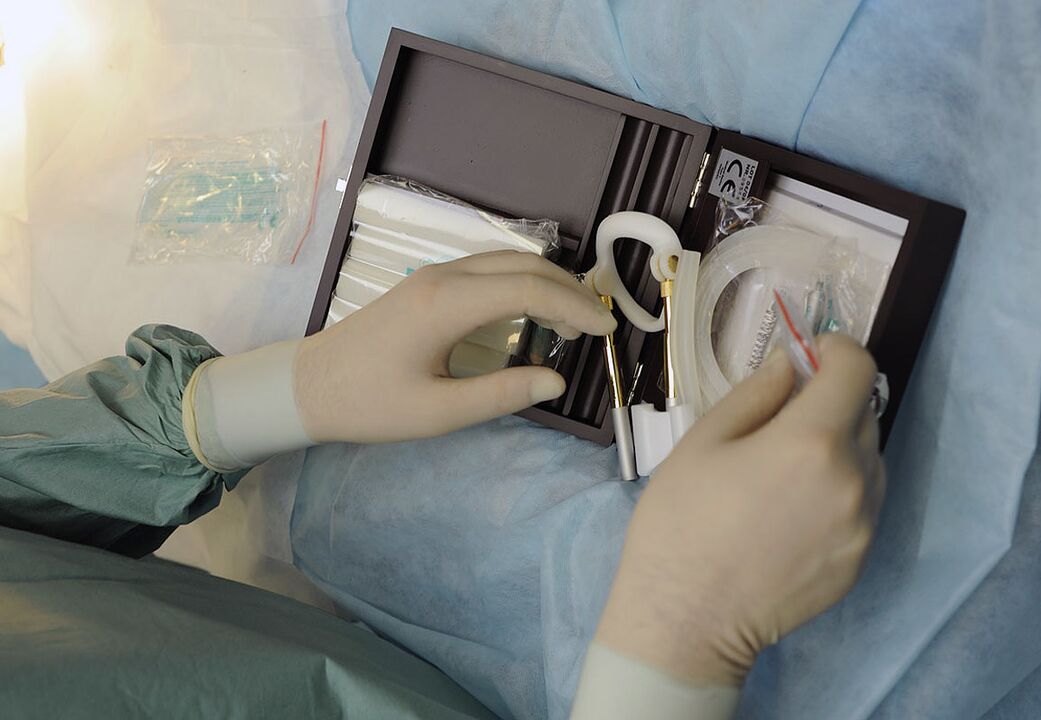
Dissatisfaction with the size of the genitals can affect a man's sexuality and have negative psychological consequences.
The average penis size in men in our country is 13 cm (when erect), which is considered normal. Despite the normal length of the penis, many men have an exaggerated notion of normal size, and this belief sparks interest in various procedures that purport to increase the length or girth of the penis.
What penis enlargement methods are there?
There are several options available that claim to increase penis length/girth; some of them are described below:
Non-surgical methods
- tablets and lotions. Penis enlargement pills and lotions usually contain herbs, hormones and vitamins that marketers claim increase penis size; However, these products can be sold directly to consumers without research to support their effectiveness. According to some researchers, these products may contain traces of lead and pesticides and be harmful.
- vacuum devices. Some vacuum devices, such asB. Poips are also used for penis enlargement. In the vacuum pump technique, a tubular structure is placed over the penis and then air is pumped out to create a vacuum that draws blood into the penis and causes the penis to swell and appear larger. These pumps are used for short-term treatment of impotence; However, excessive consumption can damage the tissues of the penis, resulting in weaker erections.
- extenders. Penis extenders use traction to stretch the penis. Although there have been some positive results with this technique. Before using such a procedure, experts recommend monitoring a doctor, since you can get a traction injury and increase the risk of "rupturing" the penis.
- jelqingJelqing is a stretching exercise aimed at increasing blood circulation in the tissues of the penis, which ultimately makes the penis larger; but this method also lacks scientific evidence. This can also lead to injury to the erectile tissue over time.
surgical methods
There are two main types of penis enlargement surgery: penis thickening and ligament detachment.
Penis thickening can be done in two ways - either by transplanting fat cells from other parts of the body onto the penis (penile lipofilling) or by injecting fillers (hyaluronan and polylactic acid). Over time, the body can reabsorb the filler or fat and return the penis to its original size.
In a ligamentotomy (longitudinal ligament release), the ligament that holds the penis in the pubic area is surgically severed. This procedure is designed to change the angle of the penis, which allows increasing its length. However, during an erection, the angle of the penis is different, which can affect sexual intercourse.
Clinical trials on penis enlargement surgery
The study found that ligamentotomy and filler injections were the two most common forms of penis enlargement procedures.
The study, which analyzed 17 studies, found that while some men reported significant increases in height, complications were rare.
Side effects of penis enlargement surgery
The safety and effectiveness of surgery to increase the length and girth of the penis has not been established. Penis enlargement surgery can lead to the following complications.
- infections
- Poor wound healing. dehiscence of the wound.
- Loss of the distal flap
- Pubic deformity or hidden penis
Conclusion
Penile dysmorphic disorder is a mental illness in which a man suffers from serious concerns about penis size despite having a physiologically normal penis. In such cases, patients may benefit from psychotherapy. Structured advice should always be provided, no risky procedures.
If you decide to try penis enlargement procedures, you should not trust your health to just anyone, but choose a specialist who will perform this type of operation and will be able to talk in detail about the possibilities, risks and results.



























